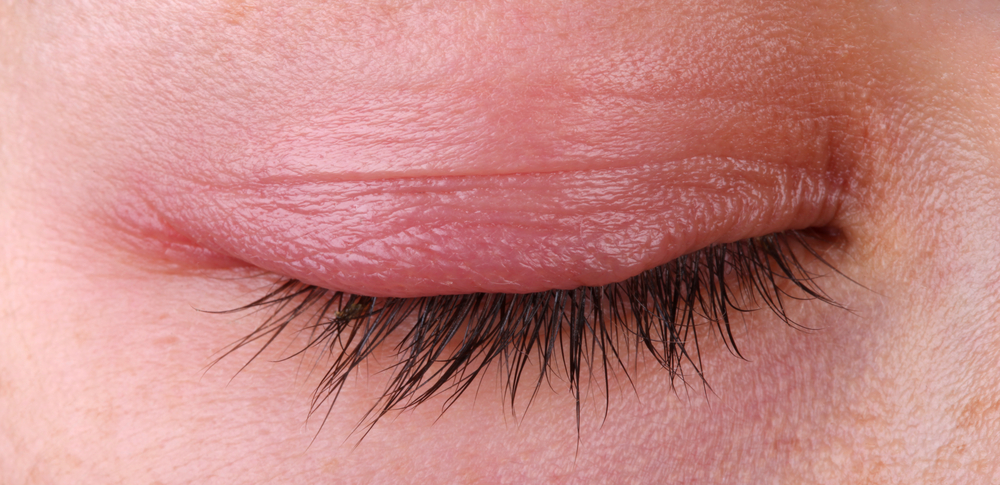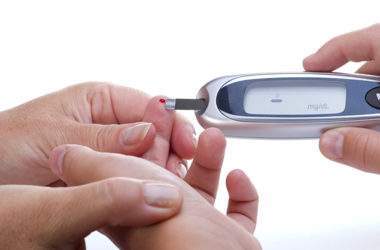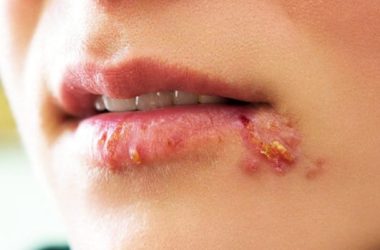Ladies, when you apply your eye makeup, don’t be too harsh on your eyes especially on your eyelids. This part of the eye is also prone to infection. Be sure that you lids do not clog or else you develop a condition, known as blepharitis.
Blepharitis is an inflammation on your eyelids wherein the small oil glands near the base of eyelashes clogged. When the area is blocked, this leads to eyelid irritation and swelling. This condition is not contagious as it does not promote permanent eye damage and vision loss but it is often a chronic condition. Treatment seems difficult, as person who has this condition feels uncomfortable to see.
Persons with blepharitis can experience the following signs and symptoms that include watery and red eyes, a gritty, burning stinging sensation in the eyes, greasy feel eyelids, itchy eyelids, red and inflamed eyelids, flaking around the eyes, crusted eyelashes upon waking up, sticking eyelid, frequent blinking, light sensitivity, abnormal growth of eyelashes, and loss of eyelashes.
Proper hygiene is important to improve this condition. However, if your symptoms persist despite practicing good hygiene, consult your doctor to treat your condition.
What causes this condition? The exact cause of blepharitis is unclear but this disease may be associated with the following factors such as:
- bacterial infection
- seborrheic dermatitis or dandruff of the scalp and eyebrows
- clogged oil glands in your eyelids
- rosacea or facial redness
- allergies including allergic reactions to eye medications, contact lens solutions or eye makeup
- eyelash mites or lice
If you have blepharitis, you may also encounter the following eye conditions:
- Your eyelashes will likely to fall out or grow abnormally (misdirected eyelashes).
- You will have eyelid skin problems. If you have long-term blepharitis, scarring may occur on your eyelids. Or, your eyelid edges may turn inward or outward.
- You will have difficulty in wearing contact lenses. This inflammation on the eyelids affects the amount of water in your eyes. Hence, wearing contact lenses may be uncomfortable.
- You are prone to develop sty, an infection that develops near the base of the eyelashes. Sty results to painful lump on the edge of your eyelids. This is more prominent on the surface of the eyelids.
- You are at risk of dry eyes or excessive tearing. When there is a malfunction or abnormal oil secretion and debris shedding from your eyelids such as flaking associated with dandruff, they accumulate in your tear film. The accumulation of oil and debris interferes with the healthy lubrication of your eyelids. This can cause irritation that can lead to dry eyes or excess tearing.
- You are susceptible to chalazion. This condition happens when there is a blockage in one of the small oil glands at the edge of the eyelid, behind the eyelashes. Once the gland is infected by bacteria, it can cause red and swollen eyelid. The difference between chalazion and sty, this condition is more prominent on the inside of the eyelid.
- Because of blepharitis, you will experience recurrent bouts of chronic pink eye or conjunctivitis.
- You are likely to injure your cornea. Since your eyelids are inflamed due to blepharitis, you suffer from constant irritation that may cause sore to develop on your cornea. Lack of tearing could predispose you to a corneal infection.
Managing blepharitis
Here are ways to manage blepharitis. You can do this self-care management two to four times a day when the condition flares up and once or twice a day when the condition is under control.
- Clean your eyes daily. Keep your eyes clean by doing the following:
- Apply a warm compress over your closed eye for several minutes. This will help loosen crusty deposits on your eyelids.
- Afterwards, wash away oil debris or scales at the base of your eyelashes using a washcloth soaked in warm water and few drops of diluted baby shampoo. If both eyes are affected, use different cloth for each eye.
- In some cases, you have to be careful in cleaning the edge of your eyelids where your lashes are located. Do this by gently pulling your eyelid away from your eye. Gently rub the base of the lashes using a clean washcloth. This tip helps in preventing damage to your cornea. Ask your doctor if there is a need to apply topical antibiotic ointment after cleaning your eyelids.
- Rinse your eyelids with warm water and pat it dry with a clean, dry towel.
Apart from the aforementioned ways to clean your eyes and eyelids, you need to stop using eye makeup especially when you have inflamed eyelids. Eye makeup can contribute to the severity of the condition. Likewise, putting makeup on could reintroduce bacteria to the area or could attract possible allergies. Avoid wearing contact lenses to lessen the risk of getting dry eyes.
- Lubricate your eyes. Use lubricating eyedrops to relieve dry eyes due to blepharitis.
- Control dandruff and mites. Consult your doctor if you have dandruff that adds to your blepharitis. Use anti-dandruff shampoo to relieve blepharitis signs and symptoms. You can also apply tea tree shampoo on your eyelids each day to get rid of mites. Try scrubbing your lids gently once a week with 50 percent tea tree oil, which is available over-the-counter.
Prevention is always the best solution. To get rid of blepharitis, keep in mind the following:
- Be sure that your hands are clean. Your hands are exposed to dirt and other bacteria. Always wash your hands daily and avoid touching or rubbing your eyes to avert possible transfer of bacteria to your eyes.
- Remove eye makeup. This is another reason why it is important to remove your makeup before bedtime. Taking off all your eye makeup before going to bed is necessary to prevent occurrence of blepharitis.
- Refrain from applying eyeliner on the back edges of the eyelids behind the eyelashes. This is to keep your eyelashes from further irritation.
- Do not use eye makeup especially if you are in the early stages of treating blepharitis. If you are to resume makeup, replace the products used in or near the eyelids because they may be contaminated.













